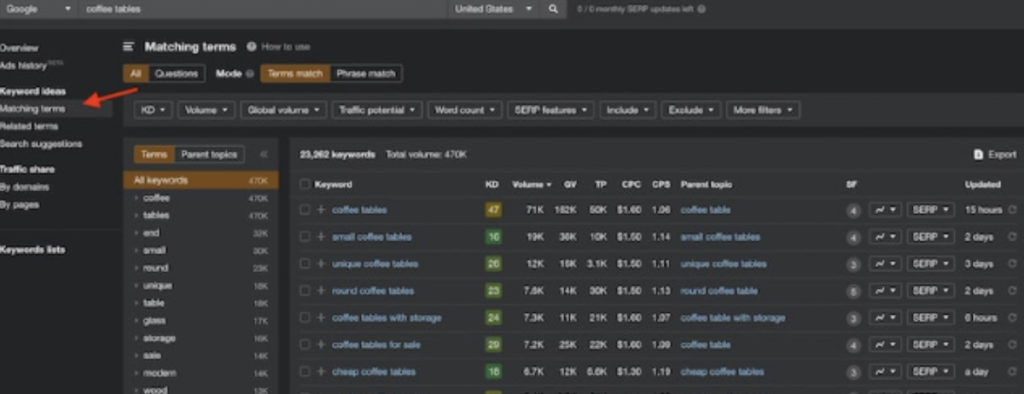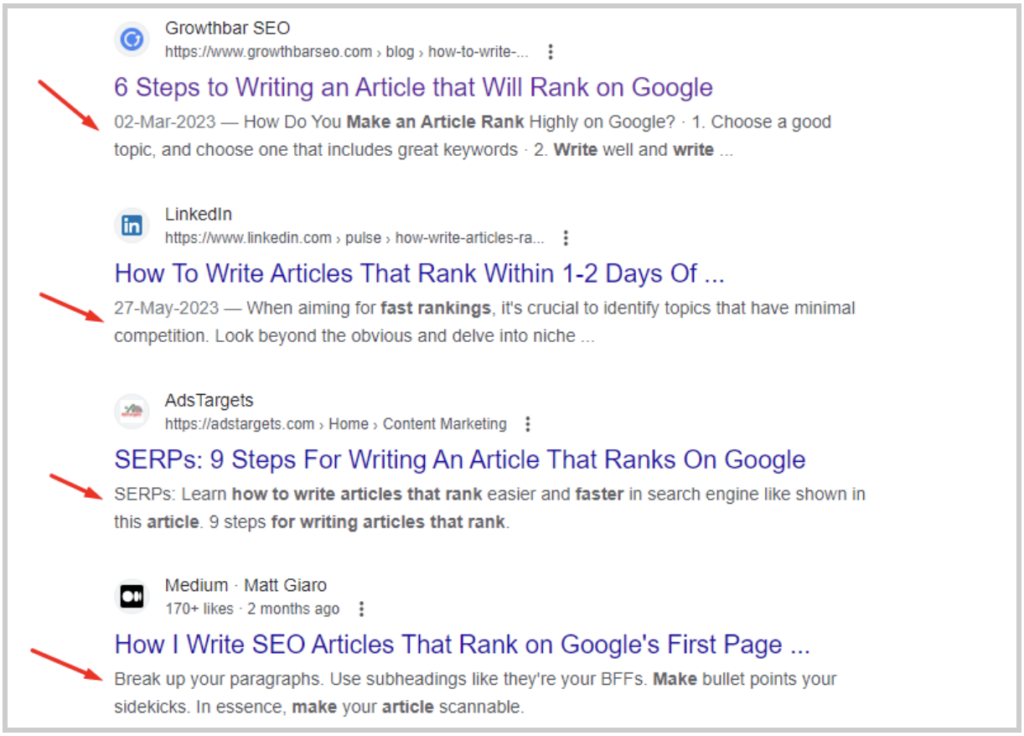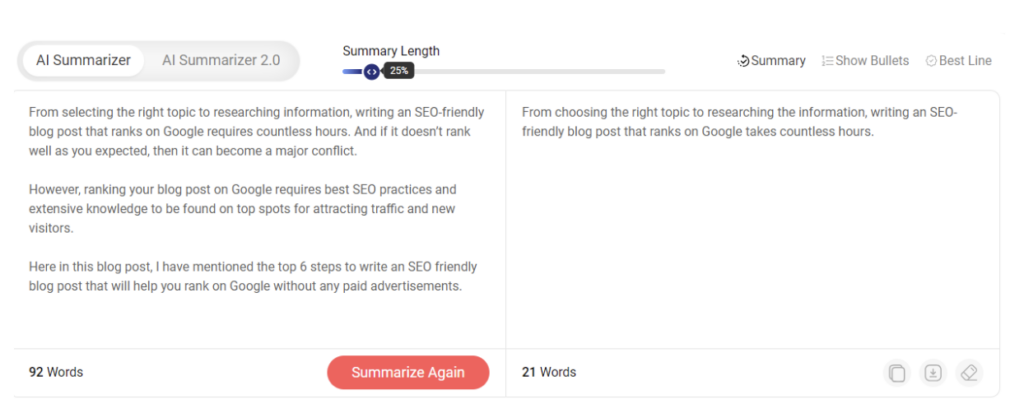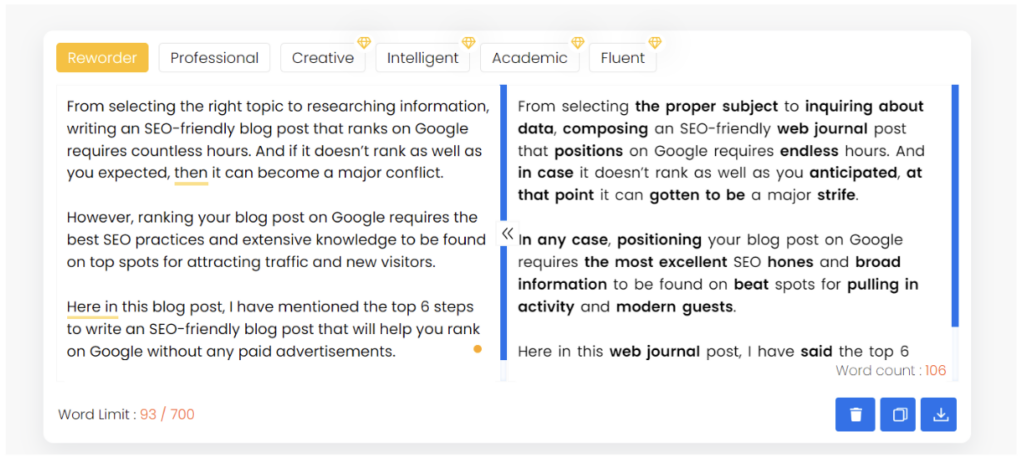From selecting the right topic to researching information, writing an SEO-friendly blog post that ranks on Google requires countless hours. And if it doesn’t rank as well as you expected, it can become a major conflict.
However, ranking your blog post on Google requires the best SEO practices and extensive knowledge to be found on top spots for attracting traffic and new visitors.
In this blog post, I have mentioned the top 6 steps to write an SEO-friendly blog post that will help you rank on Google without any paid advertisements.
Let’s roll!
Why Is SEO Writing Important For Maximum Results?
SEO writing is a cost-effective and organic way of ranking your blog posts and generating quality traffic, resulting in more conversions and lead generation. Without SEO, you will not be able to attract organic traffic and will fail to engage your targeted audience.
However, advertising will be your only option to achieve results which requires investing in PPC with big budgets that will cost you time also. At this point, investing in the right SEO strategies and following the footprints of successful SEO experts is vital.
Below are some top-notch SEO writing steps that will help your blog post stand out and rank on Google with less effort.
6 Steps To Write SEO Friendly Blog Post
1 – Conduct An Effective Keyword Research Before Writing

The first step to writing any successful SEO-optimized blog post is conducting effective keyword research that you can incorporate during writing. Identifying keywords in your blog post will directly impact your SERP rankings.
Once you gather the right match keywords for your blog post, use it naturally and avoid keyword stuffing in your content. Several types of keywords will help you make variations in your content, such as:
- Primary keyword:- Main keywords of your topic
- Secondary keyword:- Synonyms and relevant words of the primary keyword
- Long-tail keyword:- A keyword with a combination of three or more than three words
- Short-tail keyword:- A keyword having a single term or a combination of two words
2 – Understanding The Search Intent Of Your Blog Post
Understanding the search intent of your topic or keyword is crucial because without it no matter how good you write, you will never be able to attract the traffic. When you know what your reader wants to know, it becomes easier to write content and use terms that match your targeted audience’s needs.
Search intent basically explains what type of content your readers are searching for. The blog posts that are highly relevant to the search intent are more likely to rank higher in less time
Although, there are four main stages of search intent:
- Navigational: Users are looking for a specific source or web page at this stage. For example, “ Facebook Login”.
- Informational: Users seek informational content that solves their query at this stage. For example, “writing a blog post”
- Commercial: At this stage, users are seeking options and considering a purchase for their problems, such as “Gaming Laptop Near Me”
- Transactional: At this stage, users are ready to make a purchase and search for terms like “Best Gaming Laptop Under USD200”
3 – Using Your Main Keyword In Your Introduction & Conclusion
The introduction and conclusion are the two main elements of every content body. It describes the key points of your whole content body and lets the reader know what you will discuss in the blog post.
Sometimes readers who visit your website only go through your content’s introduction or the conclusion to know whether it’s the information they are searching for.
From an SEO perspective, using your main keywords in your introduction and conclusion is essential as the Google bot indexes the entire article and focuses on the primary keyword you use to identify its search intent to store it in its database.
4 – Optimizing Your Meta Description

The metadata details of your blog post, such as the Meta title and Meta description, are core elements that should have your main keyword and a little bit of description about what your article is about.
It should be unique and concise and explain the whole essence of your blog post. Google loves meta descriptions and ranks pages that have optimized meta details.
Using an AI text summarizer would be an excellent decision here as it will help you make a unique and concise meta description that includes your primary keyword and help Google crawler understand the search intent.
For instance, below, I have created a meta description of the article you’re currently reading using only the introduction part:

In the above image, I have used an AI text summarizer that helped me create a unique meta description by reducing its word from 92 to 21 without changing its context.
5 – Writing For Your Readers While Leveraging SEO Guidelines
With all SEO guidelines in mind, it’s common to write a blog post that is SEO-optimized but may not be readable for humans. By following the necessary guidelines, you should also consider your targeted audience’s buyer persona, problems, and current situations.
However, it would be ideal to write on topics that address your targeted audience’s pain points and make sure it’s connecting with them emotionally.
Avoid writing lengthy paragraphs and using complex terms in your content body. Format your blog post in a flow and make sure it follows the guidelines below:
- Every section of your content has a heading / sub-heading
- Each paragraph is short, concise, and does not have more than 3-5 sentences each.
- Multiple variations by using bullet points and bold words in the sentences
- Appealing images and visuals to make your blog post look more high-quality and worth reading.
Note: By considering the above guidelines you will develop a smooth flow of information more accessible for your readers to consume and stay for a long time on your website.
6 – Adding Relevant Links From Credible Sources
Adding links from high-authority websites shows that you have done your research and you’re giving credit to the original resource. Secondly, adding external links will also expand the knowledge of your readers and give them additional reading material.
Giving links to credible resources is one of the best SEO practices that improve content quality. It will also help you support your claims and facts with compelling stats and insights.
For instance, your article is about a particular health issue, and you found a reference article written by a PhD Scholar while researching. Now it would be great if you quote exact words from the source and add reference to the source.
The other option can be to rephrase the text from the source manually or use a rewording tool and then give a footer note to add the reference. In both cases, the reader will know that you have researched well, and the same impression will be cast upon Google, giving you a good rank.

Ensure every blog post you write contains 2-3 external links with proper anchor text and makes sense.
Final Words
Learning to write an SEO-optimized blog post is a combination of extensive knowledge and creativity. However, the above tips will help you gain authority and write a compelling blog post for your audience.
Ensure you incorporate the right keywords and craft an engaging, informative blog post that helps your potential readers. However, writing an SEO-optimized blog post is not an easy procedure that you achieve overnight.
But by following these guidelines, you will significantly improve your writing!







